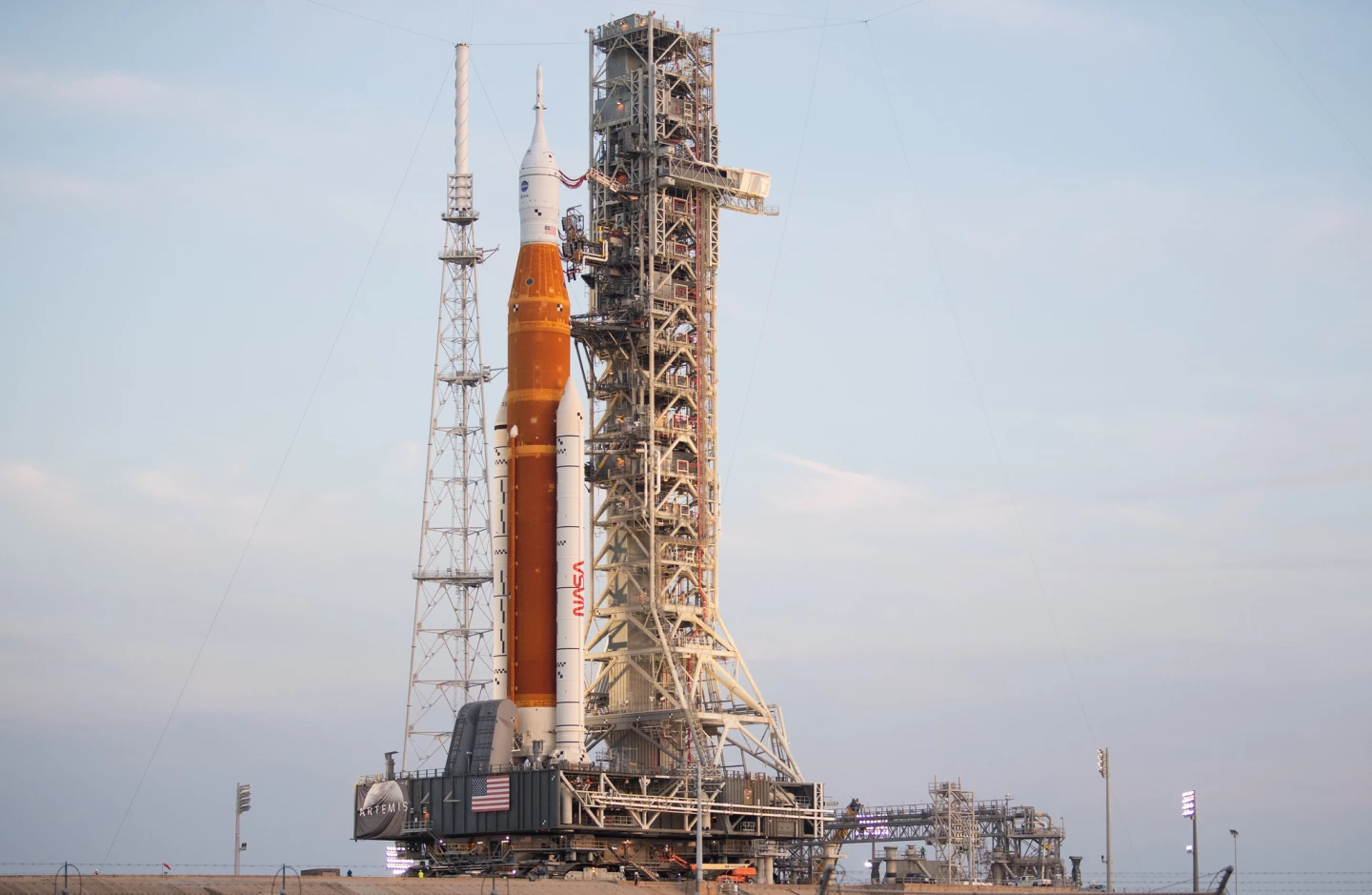NASA is inching closer to the commencement of a new chapter in lunar exploration, with its Space Launch System (SLS) and Orion capsule now declared "go" for launch. The call was made following a Flight Readiness Review earlier this week, and sets the stage for a dramatic lift-off on Monday if all goes to plan.
As the most powerful rocket the agency has ever built, the road to the launchpad has been a long and bumpy one for NASA's SLS. After more than a decade of development, the rocket, together with the Orion capsule, was finally rolled out to the launchpad last week after satisfying engineers with some final testing and checks.
Managers of Artemis I, an uncrewed mission designed to test the SLS and Orion's capabilities for deep space travel, conducted a Flight Readiness Review, one last in-depth assessment to make sure everything is as it should be. This again ticked all the right boxes, with NASA declaring the spacecraft "go" for launch, which is slated for Monday.

While no humans will travel aboard the Artemis I mission, the Orion capsule will carry two manikins designed to measure radiation levels throughout the journey, along with a set of scientific experiments that will be deployed along the way. It will come as close as 60 miles (96 km) from the lunar surface, and jet out to about 40,000 miles beyond the Moon before returning to Earth. No human-rated spacecraft has traveled this deeply into space before.
All going well, the mission will validate the SLS and Orion spacecraft for human travel into deep space, and pave the way for subsequent crewed missions. Artemis III, which is scheduled to launch in 2024, will return humans to the Moon for the first time since the Apollo missions. But it's baby steps for now, as highlighted by NASA’s Associate Administrator for Exploration Systems Development, Jim Free, in a statement posted to Twitter.
"As ready as we are to fly, it's important to stress Artemis I is a flight test," he wrote. "We've engineered with rigor, but even the best models and tests aren't full-proof (sic). As part of our review today, we discussed managing expectations, recognizing things may not go to plan. However, our team is agile, and they are prepared for what space may throw at them as we push our vehicle to its limits."
The two-hour launch window for Artemis I opens at 8:33am EDT time on Monday.
Source: NASA




